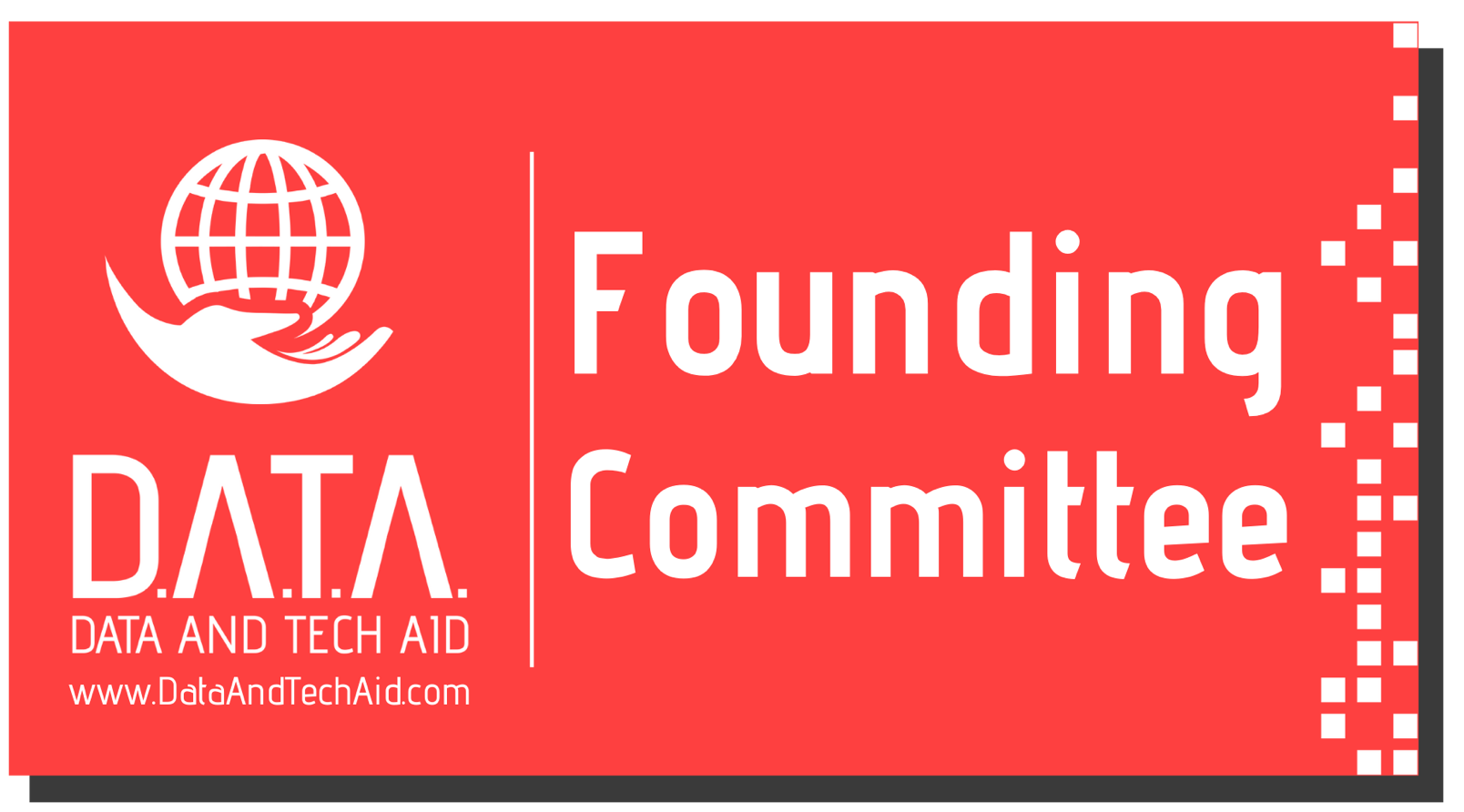How the COM-B Model for behaviour change can be used when implementing Data Governance
/The biggest mistake I see in organisations implementing Data Governance failing to address culture change as part of their initiative. This mistake is by far the most common I see and it can ultimately lead to the complete failure of a data governance initiative. I have seen situations where people have actually designed a really great framework that is ideal for their organisation, but it's been not successful because it's not implemented properly - they failed to address the culture change side of things.
The result of that is your business users, your stakeholders, just feel that data governance is being done to them and not for or with them as it should be. In this scenario, they tend to do as little as possible of what you're asking them to do, or even nothing at all, if they can possibly get away with it.
Simply, you can't start to manage your data as an asset and realise its value if you don't address that culture change.
How to avoid it
The first and most simple thing is to apply some really good change management techniques and if you are not well-versed in them, I'm sure there are people in your organisation who are, but it boils down to lots of very good quality communication with all of your business stakeholders.
This is going to be different communications for the different groups of stakeholders about their role in the data governance implementation and making sure there is good training in place for everybody in your data governance framework who has a role to play like data owners or data stewards.
It's really important that you bring these people along the journey with you because if you don't address the culture change your data governance initiative is never going to deliver the benefits you were hoping for.
The COM-B Model
One approach that can be used to facilitate behaviour change in Data Governance is the COM-B model. The COM-B model is a theoretical framework used to understand behaviour and behaviour change.
The COM-B model proposes that behaviour is influenced by three main factors: capability, opportunity, and motivation. Capability is a person’s individual's ability to perform the behaviour. Opportunity refers to the external factors that facilitate or inhibit the behaviour and motivation is the internal factors that drive behaviour.
When implementing Data Governance, the COM-B model can be used to identify the specific factors that may be preventing individuals or teams from adopting the new behaviours and practices that come with a new data governance initiative. By identifying these factors, Data Governance teams can identify ways in which to address behaviour to best support the implementation of data governance.
Capability and Data Governance
Capability is an individual's physical and psychological ability to perform the desired behaviour. In the context of Data Governance, this may include knowledge and skills related to data governance, such as data quality or metadata management. If individuals or teams lack the necessary capabilities, they may struggle to implement effective Data Governance practices.
To promote behaviour change in this area, it may be necessary to provide team training to help individuals develop the necessary skills and knowledge to succeed in the part they have to play in implementing a Data Governance initiative.
Opportunity and Data Governance
Opportunity refers to the external factors that facilitate or inhibit behaviour change. In the context of Data Governance, this may include access to resources, such as tools and technology, or organisational support.
To promote behaviour change in this area, it may be necessary to provide individuals or teams with resources to support effective Data Governance practices. This could include providing access to data management tools, such as data cataloguing tools, or providing organisational support, such as a dedicated Data Governance team.
Motivation and Data Governance
Motivation refers to the internal factors that drive behaviour, including beliefs, values, and attitudes. In the context of Data Governance, this may include beliefs about the importance of data quality or attitudes towards the role of Data Governance in the organisation.
To promote behaviour change in this area, it may be necessary to address individual or team beliefs and attitudes towards Data Governance. This could involve developing targeted communication campaigns or engagement strategies to help individuals understand the importance of Data Governance and its role in the organization.
Conclusion
The COM-B model provides a useful framework for understanding behaviour and behaviour change when implementing Data Governance.
By identifying the specific factors that may be preventing behaviour change, practitioners can develop targeted strategies to promote the adoption of new behaviours and practices.
By improving capabilities, providing opportunities, and addressing motivation, organizations can promote effective Data Governance practices and ensure the accuracy, availability, and security of their data assets.
Don't forget if you have any questions you’d like covered in future videos or blogs please email me - questions@nicolaaskham.com.
Or if you would like to know more about how I can help you and your organisation then please book a call using the button below.









